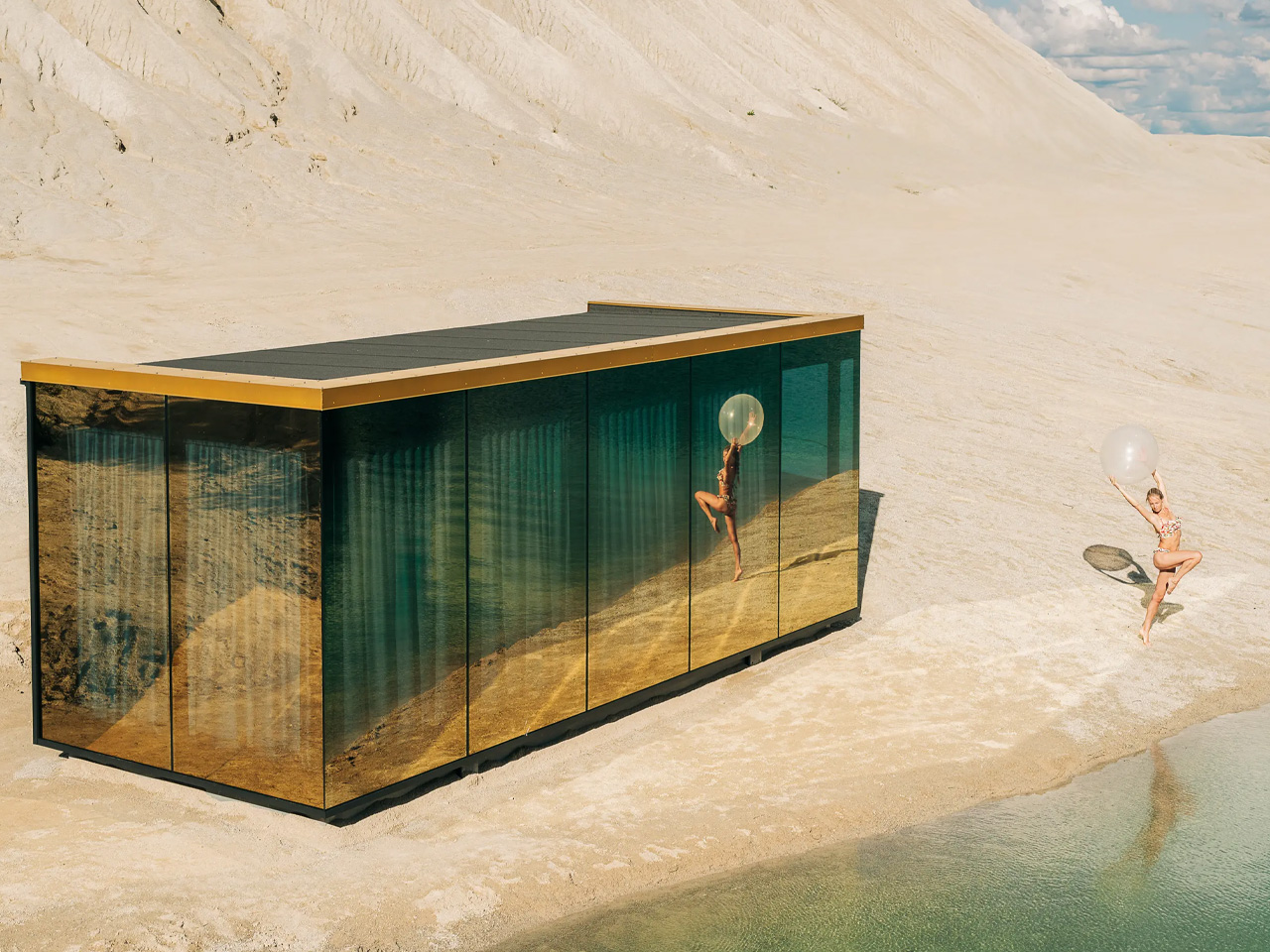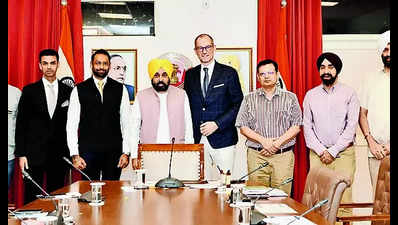When you think of France , a lot of things come to mind: Paris , the Louvre, the Palace of Versailles, and fashion , to name a few. But one of the people who shaped much of the France we see today is King Louis XIV, who ruled the country from 1643–1715. His 72-year reign is not only the longest of any monarch in the world, but the period, known as the 'Grand Siècle' or 'Great Century', saw France transformed on many levels.
Louis XIV was born on September 5, 1638, to Louis XIII and Anne of Austria. READ MORE: Little-known rule that could change Britain's order of succession His parents had been married for 23 years and his mother had given birth to four stillborn babies between 1619 and 1631. His birth was therefore labelled a 'divine gift' or 'miracle of God'.

While he had a governess growing up, his mother was extremely affectionate, something that was then uncommon. As he got older, they bonded over their mutual love of the arts. Upon his father's death when he was four, his mother, Queen Anne, overruled her husband's wishes that a regency would rule until her son came of age.
Instead, she took charge of France, with the help of the chief minister she appointed, Cardinal Mazarin, who was also Louis' godfather. The following years were marked by unrest, including the Thirty Years' War, a series of civil wars in France, and the war between France and Anne's native Spain. Louis XIV was declared to have reached 'the age of majority' on September 7, 1651 – just two days after he turned 13, but he did not begin ruling until Cardinal Mazarin's death in March 1661.
He surprised many by announcing he would rule without a chief minister. READ MORE: Prince William, Prince of Wales: The boy who was born to be king By then, at his mother's insistence to bring France and Spain together and end their war, he had married his first cousin, Maria Theresa of Spain (also known as Maria Teresa of Austria). At the start of his reign, Louis XIV chose the sun as his personal emblem, and he became known as 'the Sun King'.
With France close to bankruptcy, one of his first orders of business was fiscal reform. He established court rituals. The king's day was timed to the minute, from early morning to late evening, to ensure his day ran like clockwork.
His royal image, which was carefully managed, was indulgent and opulent. Louis XIV was known for his personal style and flamboyant outfits, which also marked the birth of French fashion. In fact, he is widely known as the 'King of fashion'.
At the beginning of his reign, the French followed the European style of dress that included the same heavy, dark clothing worn all year round, and was mostly imported from countries such as Spain. King Louis XIV set a strict dress code for himself and his royal court, which focused on luxurious details such as lace, ruffles, ribbons and jewel-encrusted clothing. His support of the fledgling French fashion industry is considered the main reason France became the fashion capital of the world .
The creation of the fashion press in the early 1670s marked the beginning of mass production of fabric and clothing. As his reign continued, King Louis XIV worked with then finance minister Jean-Baptiste Colbert to radicalise the French textile industry. He encouraged the production of new, luxury materials, and outlawed the importation of fabrics.
Between 1700 and 1780, France's gross domestic product increased by eight per cent, largely attributed to the textile industry. French fashion evolved during this period, with the lower classes purchasing dupes of luxury items worn by the elite. King Louis XIV was a lover and patron of the arts, including music, theatre and dance.
He protected writers, which allowed classical French literature to flourish. He also funded and commissioned many visual artists of the day, as well as composers and musicians. He had a particular interest in ballet, performing as a dancer himself in 40 ballet productions during the early part of his reign.
The Royal Academy of Dance was founded by Louis XIV, and ballet developed greatly and spread across Europe during his reign. He surrounded himself with leading artists and writers of the day, and after he moved into the Palace of Versailles, he staged comedies, operas and tragedies, and organised spectacular parties. In the early part of his reign, Louis XIV and his courtiers were based at Louvre Palace, the Tuileries, the Châteaux of Saint-Germain-en-Laye, Vincennes and Fontainebleau, before he decided to move his court to the Palace of Versailles.
The palace, which is located 19km from Paris, started off as a simple hunting lodge, which was built in 1623 by Louis XIII. Louis XIV decided to expand the chateau into a palace, which took place over decades and four separate building works. The task of building and decorating the ultimate royal residence was entrusted to only the best architects, painters and gardeners.
Its famous gardens and hall of mirrors are two of its most defining factors. The palace includes a number of nods to the king and his 'sun god' status, including laurel wreaths, lyres, tripods, royal portraits and emblems. King Louis XIV moved the royal court to the palace in 1682, with the official inauguration taking place on May 6, 1682.
At this time, while Paris remained the capital of France, Versailles became the official capital of the kingdom. The palace was a defining symbol of King Louis XIV's power and influence in Europe for the rest of his historic reign, which ended with his death at the palace on September 1, 1715, at 76. Over his lifetime, Louis XIV commissioned numerous works of art of himself, including at least 300 formal portraits and 20 statues.
His reign is credited with the wider use of medallions, which were used by monarchs to commemorate major events. During King Louis XIV's reign, more than 300 bronze medallions were struck. Tapestries were also used for the first time to depict events from his reign.
After his death, he was succeeded by his eldest son, Louis XV, the only one of his six children with his wife, the Queen, to survive. During their marriage, King Louis XIV had a number of official and unofficial mistresses, some of whom bore him illegitimate children. Among them were Louise de La Vallière (with whom he had five children), and the Marquise de Montespan (with whom he had seven children).
After the queen's death in 1683, he secretly married Françoise d'Aubigné, who was the governess for his children with Madame de Montespan..


















